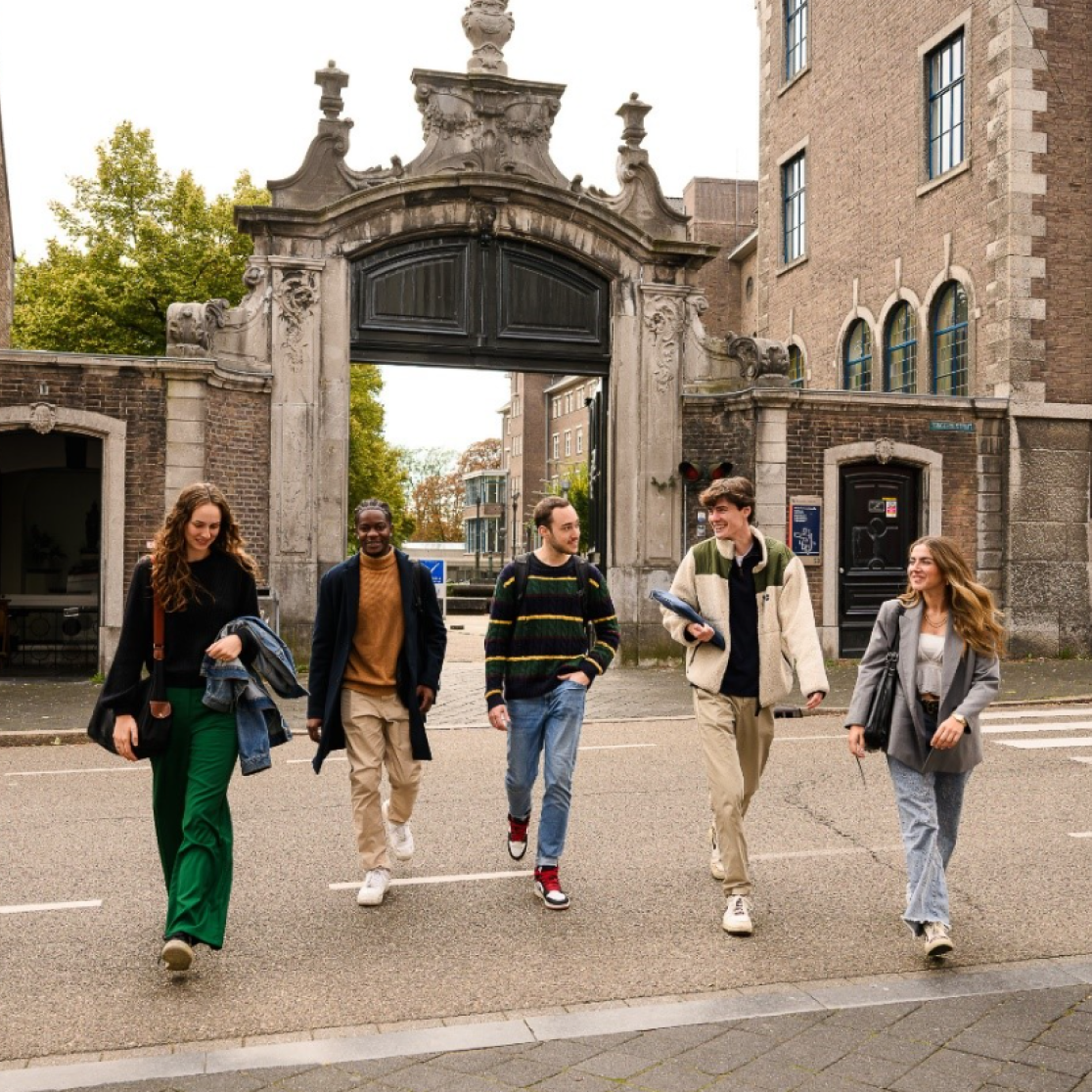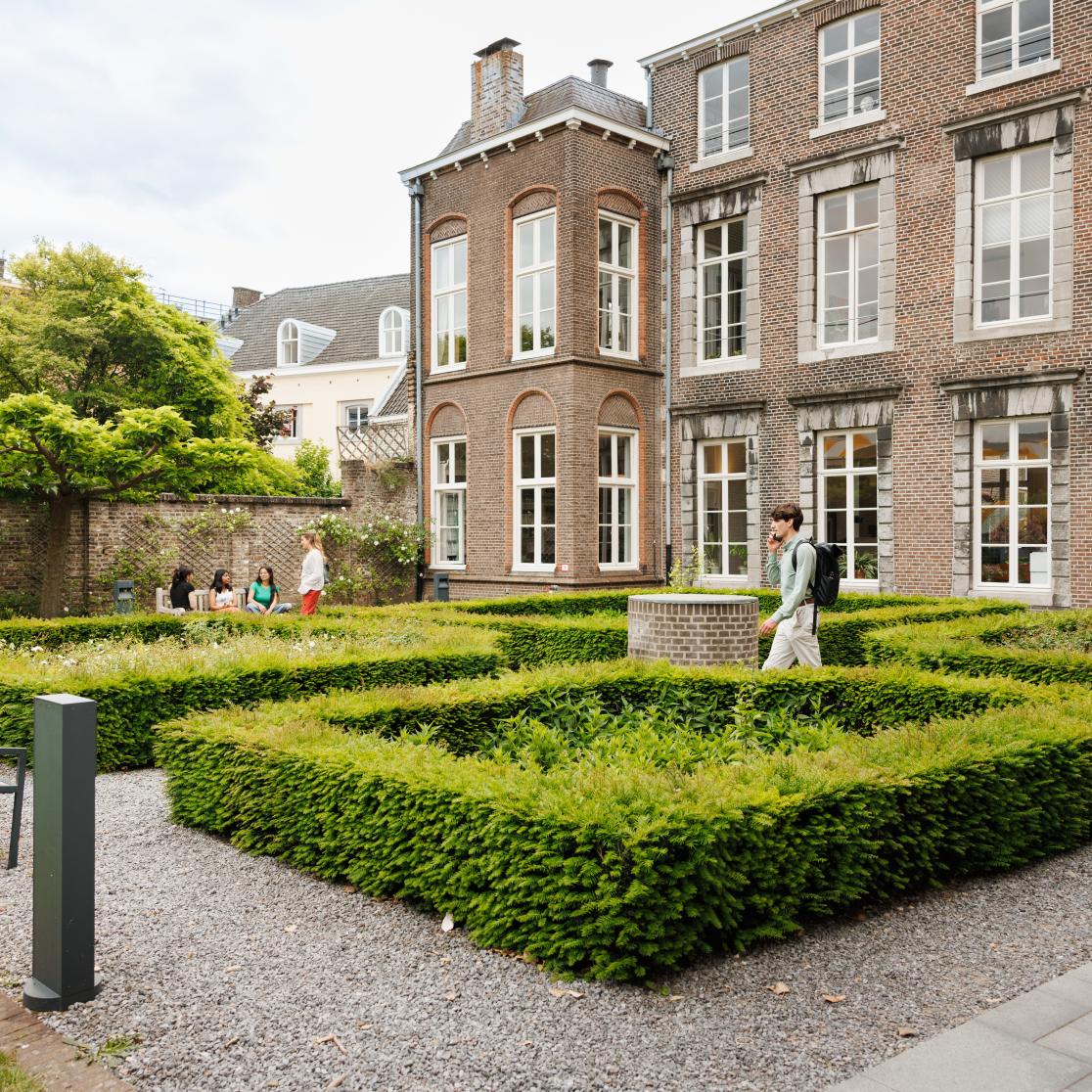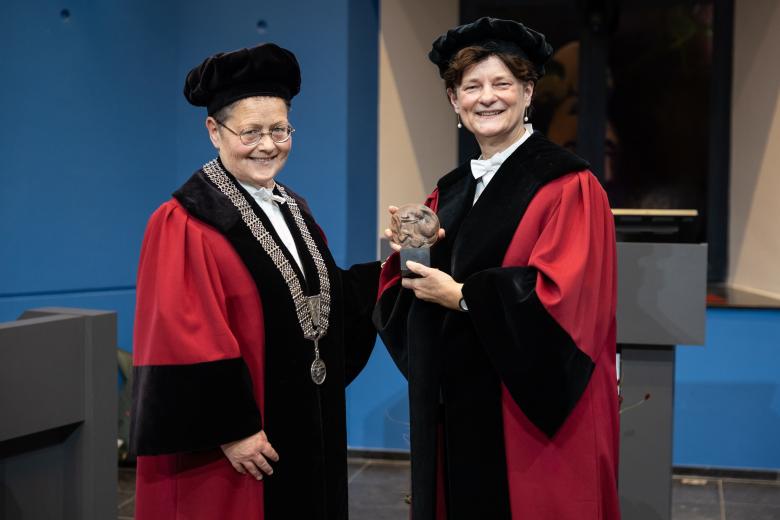NWO awards ten Veni grants to promising UM researchers
As many as ten young UM researchers have been awarded a Veni grant worth up to €320,000 from the Netherlands Organisation for Scientific Research (NWO). The grant is an incentive for adventurous, talented and pioneering researchers to further develop their own research ideas over the next three years.
Below, you can read about the UM researchers and their work.
Julian Ashwin
The macroeconomics of healthy longevity in ageing societies
School of Business and Economics
People are living longer and societies are ageing. This has led to economic pessimism, based on the assumption that we can’t change how we age. Current macroeconomic analysis is limited by our understanding of how the health-age relationship has changed and how health affects economic decisions. Using individual health and economic microdata, this project identifies the changing relationships between age, health and economic outcomes. It incorporates these insights into macroeconomic models that capture how changes affect both the system as a whole and differences across individuals, using these to assess labour market policy, healthcare and redistribution across/within generations.

Mirko Heinzel
Designing Development Projects More Effectively
Faculty of Arts and Social Sciences
Donor countries spend more than 200 billion USD yearly on development assistance, and many studies assess the effectiveness of this spending. Existing studies explain aid effectiveness largely based on differences between recipient countries—like corruption or bureaucratic capacity. However, we do not understand how donors can design projects to have more chances to succeed, even in challenging environments. The project develops a framework of aid project design that differentiates: target, instrument, objective and standardization. It will probe the determinants and consequences of these dimensions combining quantitative analyses of novel project-level data, an elite survey experiment, and qualitative interviews.

Flora Lysen
Hocus focus: how ideas about attention were shaped in applied psychology laboratories and in public discussions about vulnerable viewers and hypnotising screens (1950 – 1970)
Faculty of Arts & Social Sciences
There is significant societal debate about the way digital media, such as social media apps on smartphones, capture our attention, supported by psychological insights into human behaviour. But where do these psychological ideas about attention originate? This historical study analyses psychological research on perception in the 1950s and 60s in the Netherlands. It examines how the introduction of new media informed new concepts of attention and how these were discussed in public debates.
Laura Ogden
Transnational Siblings’ Kinship between Africa and Europe: Imagining the Future Together, Apart
Faculty of Arts and Social Sciences
Many youth are part of transnational families separated across borders; in some African countries, up to 20% of youth have at least one parent abroad. Yet while we know much about youth’s relationships with their migrant parents, research has overlooked their transnational sibling relationships. As African youth grow in demographic importance, sibling relationships between Africa and Europe can generate important insights. Through multi-sited, audio-visual ethnography in Cape Verde, Portugal, and the Netherlands, this project asks how transnational siblings are ‘doing kinship’ and imagining their futures together, apart.
Simone Schleper
Gatekeepers: Non-Western conservationists, regional interest, and postwar international environmental policymaking (1960s-1980s)
Faculty of Arts and Social Sciences
Since the 1960s, Asian, Latin American, African and Eastern European conservationists working for international organizations such as the United Nations (UN) have played important roles in bridging the interests of local communities with international conservation guidelines. Yet, we know very little about the role of these regional representatives in shaping common visions of human-nature relationships. The project studies their roles as gatekeepers. It adds their neglected voices to our historical record and contributes to current discussion on how to integrate indigenous knowledge and interests in environmental policy.
David Kilian
Sustainable bioprinting techniques to make protein-rich cultivated meat
Faculty of Health, Medicine and Life Sciences
Due to disruptive effects of conventional mass meat production – on climate, animals and human health, I work towards sustainable food for the next generation while maintaining taste, protein content and texture of real meat. Combining natural food ingredients, cells and tunable recombinant proteins, we may be able to grow whole beef cuts under controlled, animal-free conditions; innovative bioprinting techniques allow scale-up and nutrient supply in larger tissues. By adjusting the protein composition, I define the formation of edible muscle fibers. Improving the quality of cellular agriculture accelerates development of products with a real-world impact.

Sabine Daemen
Macrophages to the rescue in liver fibrosis
Faculty of Health, Medicine and Life Sciences
Liver fibrosis is the formation of scar tissue in the liver, which can lead to serious health problems. Unfortunately, there are few treatment options available. In previous research we learned that certain immune cells, called macrophages, can help repair fibrosis by breaking down scar tissue. This research focuses on understanding how these cells perform this repairing function and identifying the signals they need to do so. With this knowledge, a new therapy can be developed that harnesses the power of macrophages to treat liver fibrosis.
Mathijs de Rijk
Rewiring continence control
Faculty of Health, Medicine and Life Sciences
Involuntary loss of urine (incontinence) is a highly common problem that has a large impact on the quality of life of, both, patients and caregivers. This project aims to uncover which brain processes prevent unwanted urine loss before voluntary starting urination. It specifically focuses on understanding what goes wrong in brain processes in people who suffer from incontinence and how these processes can be restored to cure incontinence.
Vu Uyen Chau Nguyen
Myocardial scar: unravelling its implications on pacemaker therapy in heart failure
Faculty of Health, Medicine and Life Sciences
Heart failure is a serious condition characterized by shortness of breath, fatigue, hospitalizations, and high mortality. In the Netherlands, over 241,300 people live with heart failure, and the number of patients continues to rise due to an aging population. One in four patients with heart failure is eligible for pacemaker therapy, which can restore the pump function of the heart through electrical stimulation of the heart chambers, potentially curing heart failure. However, the majority of heart failure patients has scar tissue in the heart muscle as a result of coronary artery disease and/or heart attack. These patients typically respond suboptimal to pacemaker therapy. In this project, cardiologists and engineers will collaborate to investigate how scar tissue affects pacemaker therapy and how the therapy can be optimized to improve outcomes for heart failure patients with scar tissue.
Niels van Best
Tiny protectors: can nature's microbes keep allergies away?
Faculty of Health, Medicine and Life Sciences
Researchers may have found a surprising ally against childhood allergies: soil and forest microbes. Despite their tiny size, these natural microbes pack a big punch. When infants and toddlers play outside in nature, they, ingest up to 60 mg of soil every day, full of these beneficial microbes. However, modern lifestyles often keep kids indoors, away from this natural protective exposure. By studying how these natural microbes can strengthen the immune system of infants, researchers aim to find new strategies to combat allergies like asthma and eczema, shedding light on the unexpected health benefits of a little dirt and outdoor play.
Also read
-
Prof. dr. Mirjam oude Egbrink awarded MUMC+-medal
During her farewell lecture on Friday, 28 November, Prof. Mirjam Oude Egbrink was awarded the MUMC+ medal by Dean Annemie Schols for her distinguished career.
-
Neuroscience project by UM and Radboud University wins Computable Award
The project ‘Advanced Neural Control to Restore Brain Function’ won the Computable Award 2025 for best healthcare project.
-
A new wave of talent emerges from the School of Business and Economics
On Sunday, November 30, 2025, the Maastricht University School of Business and Economics (SBE) proudly celebrated the achievements of over 1,461 graduates from both bachelor’s and master’s programs. The festive ceremony took place at the MECC Maastricht and marked a significant milestone for the SBE